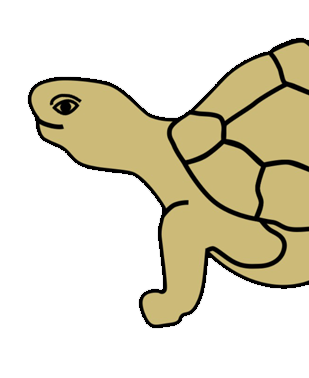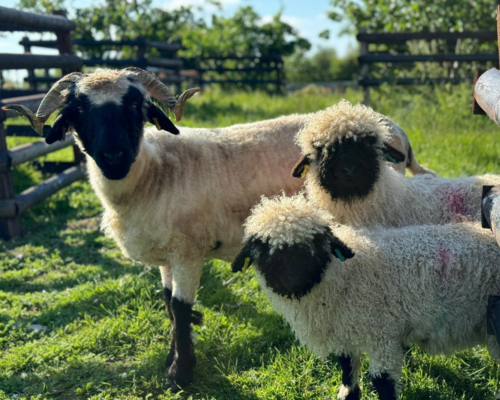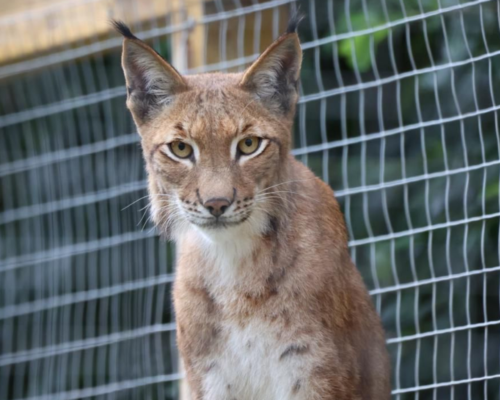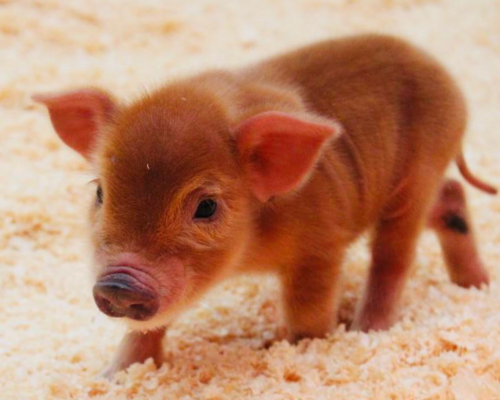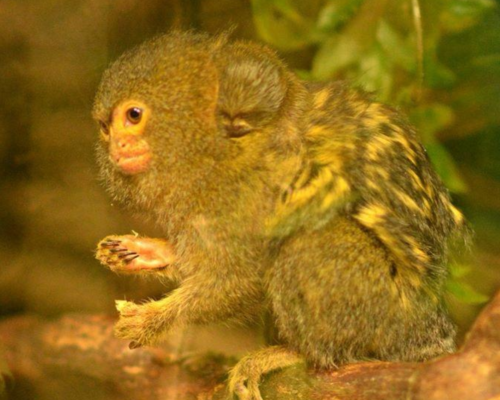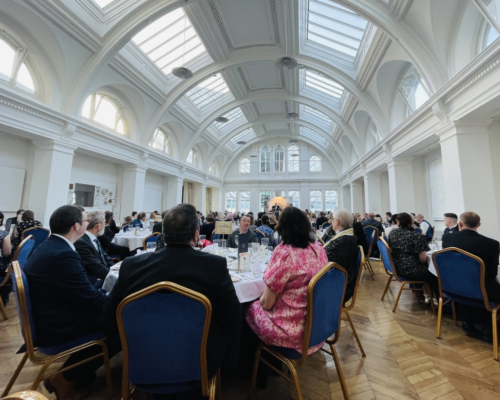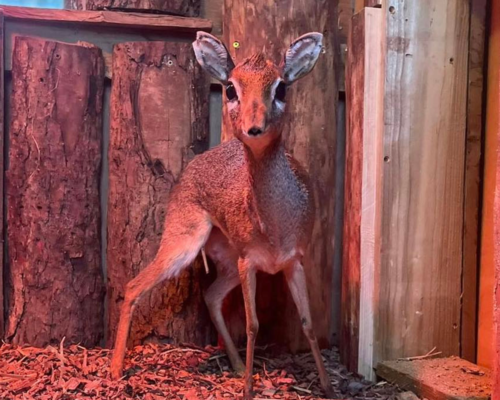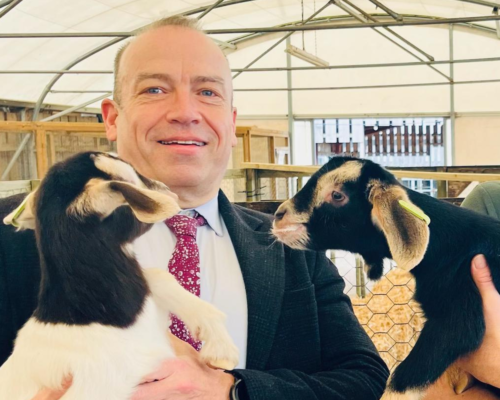It hadn’t really crossed my mind that most people wouldn’t realise it would take five people, five hours to deliver five minutes of live TV.
When being shadowed by a more junior member of the team, it is always interesting to see which questions they ask and what they pick up on. Often you end up questioning the things you’ve done and the way you’ve been doing them for years.
Upon finishing a broadcast with the Good Morning Britain team last week, I drove away in the car realising how privileged I am to have that insight behind the camera and to understand exactly what is going in to each five minutes of a live television broadcast.
In this short blog, I’ll take you behind the scenes of our recent story about the arrival of a pair of Fennec Foxes at All Things Wild in Worcestershire…
A week before the broadcast.
We met with the client on site for a fact-finding mission.
If we’re going to be successful in getting coverage for the story, we need to know every little detail.
- Where had the foxes come from?
- Why are they here?
- What’s their favorite bedtime treat? (Worms apparently!)
As experienced PR professionals, we know the value of getting the facts first-hand, but we also know that we work in the entertainment industry and TV viewers are going to want to know the animals’ names, personalities and diet regime.
After meeting with senior zoo staff including directors as well as the animal managers and keepers, we had everything we needed to write the story.
A few days before TV broadcast.
With all of the facts assembled, our senior copywriters set to work on the press release. Years of expertise ensures that the story is written exactly as a journalist would want to read it. No question can be left unanswered, and we need to leave journalists with a feeling of HAVING to cover the story, because they don’t want to miss out to another writer or broadcaster.
Once the press release is agreed by our in-house team, the draft is sent to the senior team at the zoo for approval. Normally there are very few amendments to be made and after getting approval from the zoo team, the press release is sent to other stakeholders. On this occasion, we liaised with the British and Irish Association of Zoos and Aquariums (BIAZA) and their communication team, who also gave insight into what questions might be raised by interested journalists.
After getting the thumbs up from the relevant parties, the press release is distributed organically to our black book of media contacts.
A day before TV broadcast
The press release has been picked up by local media outlets and the story published online by their journalists. We strike gold when the BBC pick up the story and it is uploaded to the BBC news website.
The link to the BBC’s version of the story is subsequently tweeted out to BBC News‘ millions of followers and other journalists begin to contact Talking Tortoise for a copy of the press pack including the press release, imagery and video footage.
Click Here: BBC version of the Story
Just after mid-day, we get the call from the Good Morning Britain team who want to come down to the zoo tomorrow morning to film live from site. The presenter who will be joining us on the day follows up with her own call to complete her research and to run through how the telling of the story will work from a logistical perspective.
With the first broadcast going out at 6.15am, it means an early start and the alarm is set for 3.30am.

The day of the broadcast.
The alarm goes off and there’s no chance for a ten-minute snooze.
I leave the house at 4.15 am and set off to meet my colleague, Rochelle Reilly.
I’m gutted as the 24 hour McDonalds is inexplicably closed for maintenance and I have to get a coffee from the all night garage.
I arrive on site just before 5am and meet the animal keeper in charge. The production team and presenter arrive and we lead them straight into the zoo to get the cameras and lighting set up.
We then brief the zookeeper appearing in front of the camera on all the questions which are likely to be asked including those suggested by British and Irish Association of Zoos and Aquariums (BIAZA). We discuss the zookeeper’s answers, highlighting things to include and things to avoid.

Despite the early start, howling wind and lashings of rain, we’re LIVE on TV and being seen by approximately 700,000 viewers.
A quick coffee break, reset of the camera and lights and we’re ready to go again at 7:15am.
Over the course of 72 hours, the story is picked up by BBC News, ITV, Channel 5, Microsoft, Yahoo, AOL and many more outlets.
The estimated total reach of the story across all meida outlets is currently standing at 3.5 million people.
Is it time for you or your business to be in the spotlight?
Are you always seeing your competitors in the local press or on TV?
Why not get in touch with Talking Tortoise to discuss how working with a professional PR service provider can put you and your business in the spotlight.
